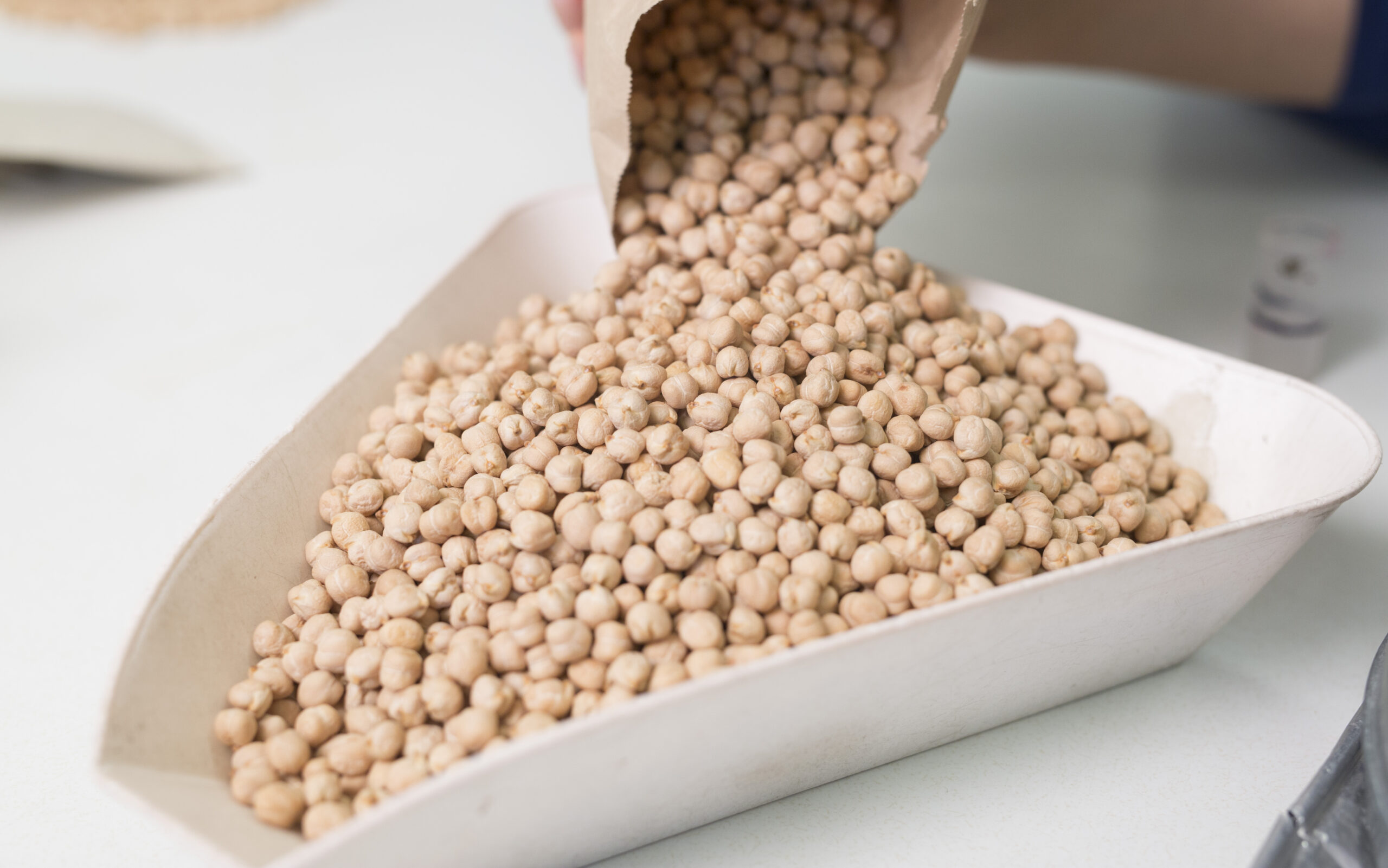A surprising discovery about disease resistance in dry bean varieties will soon help Southern Ontario’s pulse growers produce resilient, sustainable, and higher- yielding crops.
This project, led by Dr. Jamie Larson of Agriculture and Agri-Food Canada (AAFC) in Harrow, Ont., screened dry bean varieties for disease resistance for white mould, root rot, common bacterial blight (CBB) and bacterial brown spot (BBS) in Southern Ontario. The results from this study add to the dry bean disease knowledge base and will provide future varieties with robust, long-lasting resistance to yield- and production- limitting diseases.
Until now, most scientists assumed the genes that made certain varieties of dry bean resistant to diseases such as CBB and BBS were distinct from one another. These diseases can reduce yield by up to 36% and wreak havoc on the quality and appearance of the seed coat, compromising a crop’s market value.
After screening dry bean varieties for disease resistance to white mould, root rot, CBB, and BBS, AAFC researchers were excited to notice an unexpected correlation. “The data shows us that if a plant was resistant to CBB, it was also resistant to brown spot,” says Dr. Larsen. This correlation marks one of the most important discoveries in the project, which was started by Drs. Owen Wally and Frédéric Marsolais, Dr. Larsen’s collaborator and co-lead, after he observed large amounts of common bacterial blight in varieties he expected to be resistant.
That correlation is important, according to Dr. Larsen, because it reduces the scope of challenges scientists might otherwise face breeding resistance for these diseases into new, stable, high-yielding varieties of dry bean. Dr. Larsen believes he and his team were likely the first to combine CBB and brown spot resistance together in one study, which is why the correlation was previously undetected.
The team also discovered that Ontario bean varieties were more disease-resistant than comparable varieties from the United States (U.S.).
“That led us to wonder if there is something novel in Ontario plant material that can improve disease resistance elsewhere,” says Dr. Larsen.
Working out of Harrow, Ont., North America’s largest research greenhouse facility, has made it possible for Dr. Larsen to accelerate the breeding process resulting in the outcomes of his research getting into the hands of farmers more quickly.
By growing plants on flood benches under LED lights and increasing the temperature from 22°C to 27°C, Dr. Larsen can produce advanced breeding generations in nearly half the time as conventional approaches. In this environment, he has tested six navy (white) beans in public registration trials, two dark red kidney beans, and four black bean cultivars.
Dr. Larsen urges pulse farmers to demand blight- resistant varieties of beans like these from their seed sellers. “Building greater resistance into our Ontario seeds will reduce the need to buy disease-free seed from elsewhere and means more sustainable, pedigreed seed production right here at home, which can save growers $20 or more per acre.”

Source: Dr. Jamie Larsen

Source: Dr. Jamie Larsen

were evaluating germination and completing plant maintenance approximately 15 days after planting. Source: Dr. Jamie Larsen

Project: Dry bean disease screening and development of germplasm with disease resistance
Industry Funder: Ontario Bean Growers
Project Cost: $752,394
Project Completion Date: March 31, 2023


